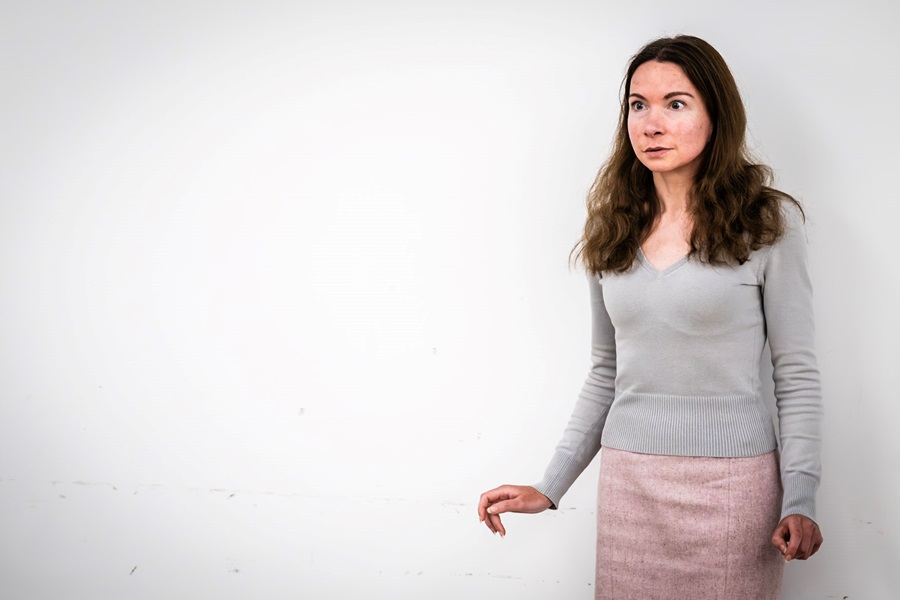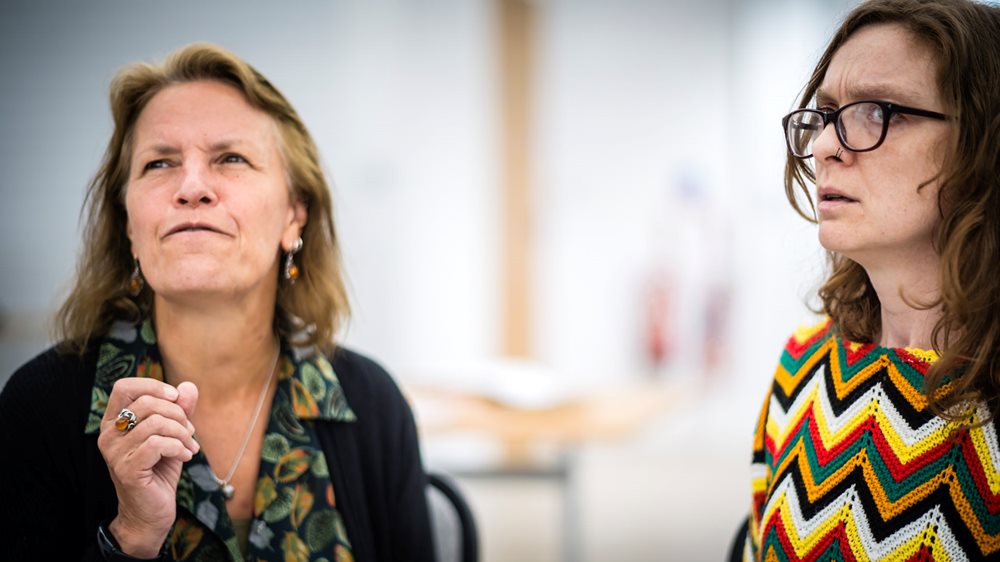In the final instalment of this blog series, Sean Lang tells us how he has adapted his dramatisation of Miss Moberly and Miss Jourdain's thrilling tale.
The story of Miss Moberly and Miss Jourdain has been dramatised before, but I didn't want to just tell their story again, interesting though that would be. I was intrigued that they had included Marie Antoinette in their tale - she is one of those figures (Princess Diana is another) around whom a real cult grows, and for whom some people develop a fascination bordering on obsession and it seemed to me we had an element of that here. But according to the two women, it wasn't a ghostly Marie Antoinette who appeared to them; rather, they had appeared - presumably as a sort of ghostly apparition - to her. That meant I needed to bring Marie Antoinette to life as well, and to make her world just as real as the Oxford world of Miss Moberly and Miss Jourdain. Doing that helped me see the connecting thread through all of these strands.
This is a story about women trying to operate in a world shaped by and for men. That was obviously the case with the women at Oxford and Cambridge trying in vain to gain their degrees from the men who controlled the universities (and look where Miss Jourdain's dispute ended up - before the (male) Chancellor), but it was also true of the French Revolution. The revolutionaries proclaimed the Rights of Man but they dealt ruthlessly with any woman who tried to assert the rights of women - these women were sent to the guillotine. It wasn't difficult to find plenty of examples of women who were ensnared in the deadly contradictions and conflicts of the Revolution.
I now had two parallel plots - Oxford in the 1910s and Paris in the 1790s, with the ghostly visit acting as a bridge between them. I didn't want to be tied to the historical Miss Moberly and Miss Jourdain, so they became Miss Annie Martindale and Miss Constance Couper. But it still didn't feel right.

You can take an audience to a period in the past and let them find their way, much as you do around an unfamiliar city, but I was taking my audience to two different periods, either of which might be unfamiliar to them. When you take an audience to a very different world, it helps a lot if you can provide them with a way in, someone through whose eyes they can see (think of James, the 'wee English feller' in 'Derry Girls', or even Harry Potter in the wizarding world). I decided this story needed a way in through modern eyes and the time period I hit on was the sixties. The sixties are a long time ago, but they are much more familiar to us than the two other periods of the play; they are too early for mobile phones and laptops (both disastrous for stage drama); and they give us some good music and fashions. Above all, although we think of the sixties as a time of liberation, they were actually a very difficult time for women. In so many ways the sexual and social liberation of the decade was skewed in favour of men, so that this period too showed women trying to operate in a world shaped by men.
So I now had three time periods, with a common theme. I just needed to work out the lines of connection between them... add some much more scary ghosts to the mix, plenty of personal clashes and conflict, an element of economic policy, a strangely generous gift... and a touch of murder. Come and see how it weaves together.
Combined Actors of Cambridge present...
The Ghostly Gift of Miss Constance Couper
Tuesday 16 - Saturday 20 April at 7.45pm
Saturday 20 April at 2.30pm
Click here to book your tickets

